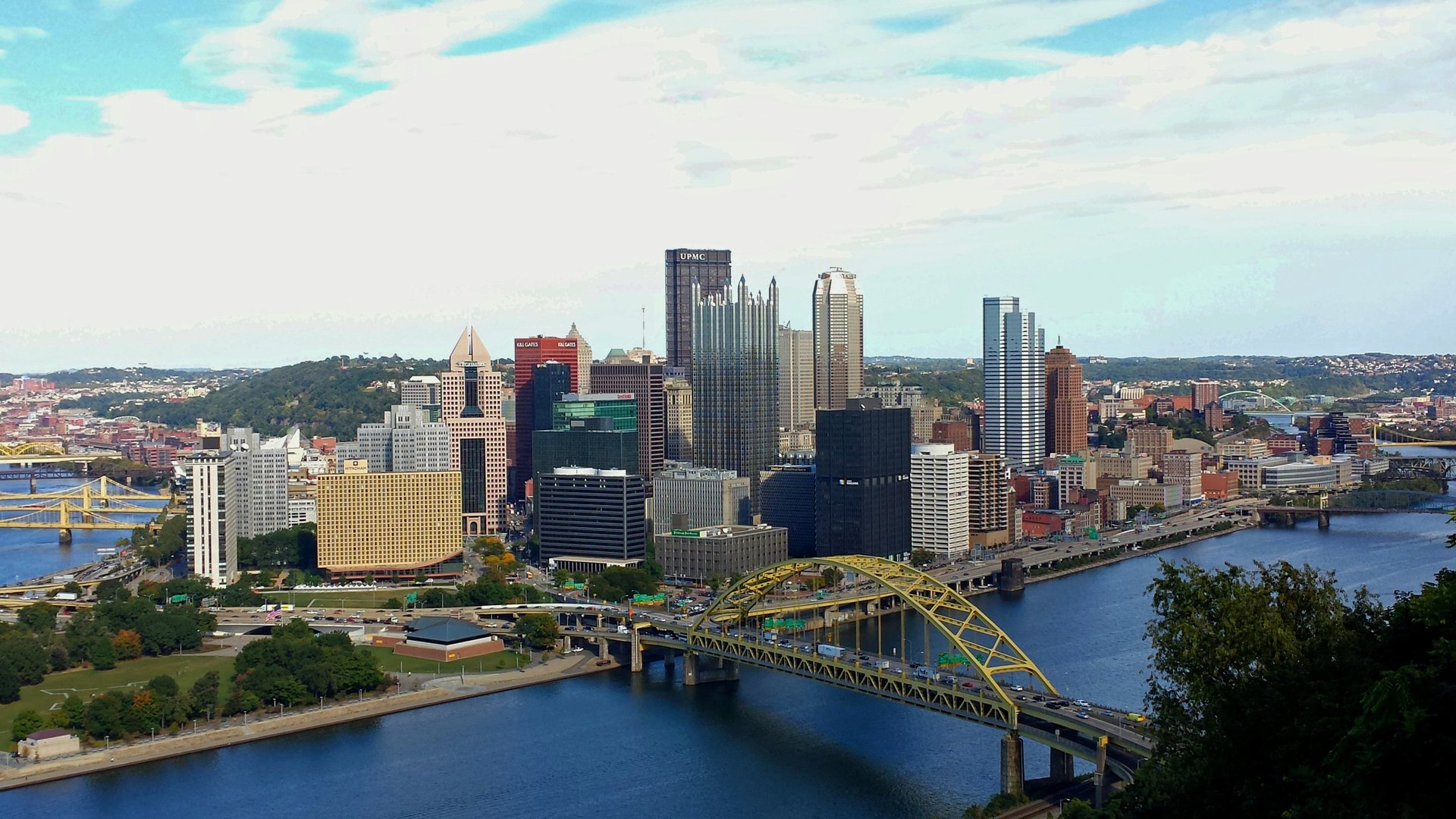The poor and middle class are fleeing America’s booming cities
Many of America’s cities are flourishing. But a closer look reveals a migration is underway.


Many of America’s cities are flourishing. But a closer look reveals a migration is underway.
As the price of living in America’ most expensive urban areas has soared—rents and home values rose about 12.5% between 2010 and 2014—the solution for many poorer families has been to move out.
Trulia, a residential real estate site, found that between 2009 and 2014 the share of households making more than $100,000 rose by 3.6% in America’s 10 most expensive metro areas, while the number earning $30,000 or below fell by 2.2%.
Cheaper living and job opportunities are the main reasons for the departures, said Trulia, which crunched the numbers from US Census’ American Community Survey of about 130,000 people.
Here are the highlights:
Poor and middle-class residents have left cities far faster than the rich.
Where are they all going? Most stick to the same coast and region, but head for lower cost areas. Trulia says the top three destinations for emigres from San Francisco were Oakland (35.1%), San Jose (13.3%), and Los Angeles (8.2%). Washingtonians left for the suburbs or nearby Baltimore (12.8%) and New York (5.6%). Only New Yorkers were willing to pack up and head across the continent for Los Angeles (4.9%), but Newark (13.6%) and Long Island (7.1%) remained the two most popular destinations.
The bigger the boom, the more extreme the trend
The correlation was relatively consistent across the 10 metro areas Trulia studied, including the environs of San Francisco; Washington, DC; Anaheim, Calif.; Oakland/Berkeley, Calif.; San Diego; New York; Los Angeles; and Chicago.
Bye bye, millennials
Millennials, who are supposedly returning to cities, are actually moving out from the most expensive rental markets faster than any other age group—nearly double the average rate. That’s also in line with other data suggesting the demographic is moving to suburbs over cities despite the popular perception, reports FiveThirtyEight (although media jobs, perhaps not coincidentally, are following the opposite trend).
Millennial’s relatively low-incomes and job-hopping ways are likely driving this. While the pattern is most pronounced in expensive cities, tech-hubs such as San Jose and San Francisco, known for compensating 20-somethings well, seem to have held on to the demographic slightly better than those without a thriving tech sector.
These trends suggest an intriguing possibility. Urbanization has been underway for centuries. Typically, rich city neighborhoods have been surrounded by larger districts of low to middle-income residents (this is still true in developing countries’ new mega-cities). Yet trends in many of America’s cities suggest a reversal.
Cities are becoming high-income districts unto themselves, with the poor and less affluent moving into the suburbs or as far as affordable transport permits. The Brookings Institute found poverty had risen in almost every major metro area by 2014, and two-thirds of that increase happened in the suburbs. Inequality, already more pronounced in cities than the nation as a whole, grew even more extreme in 57 of the 100 largest US metro areas between 2007 and 2014.
Will this continue? “Are we worried that cities are going to be just full of rich people? That’s surely true,” says Carl Mason, a demographer and economist at University of California Berkeley about the recent trends. “But at some point, you’re just going to have pay people more for what are currently low-paying jobs.”